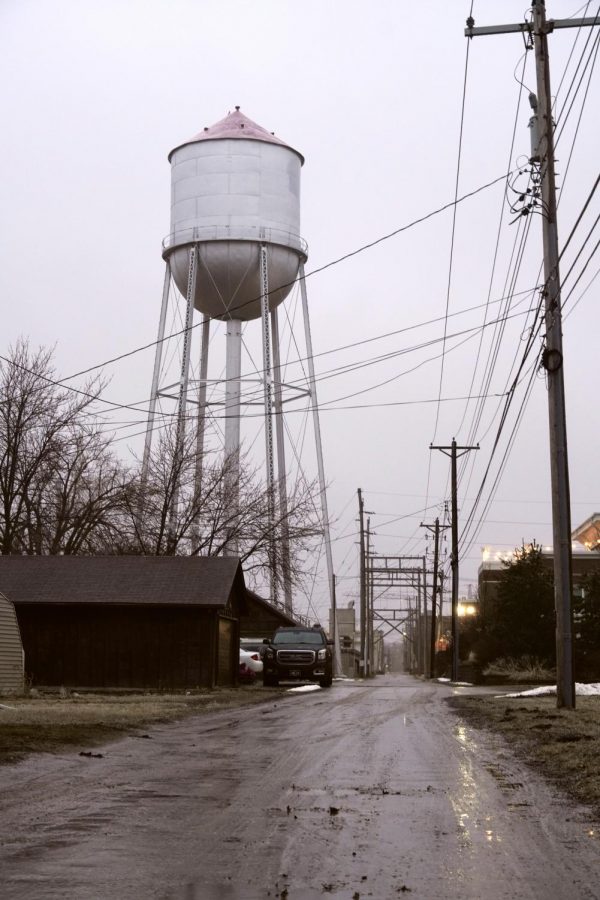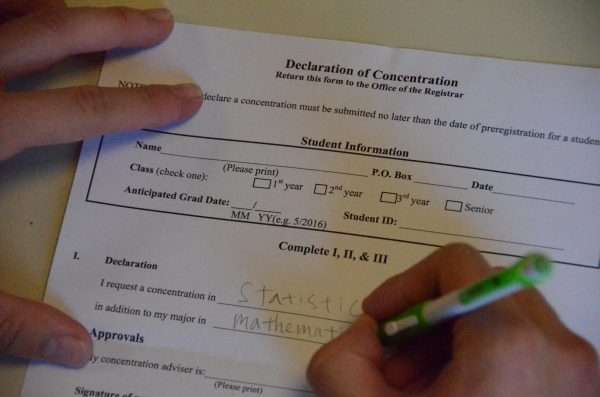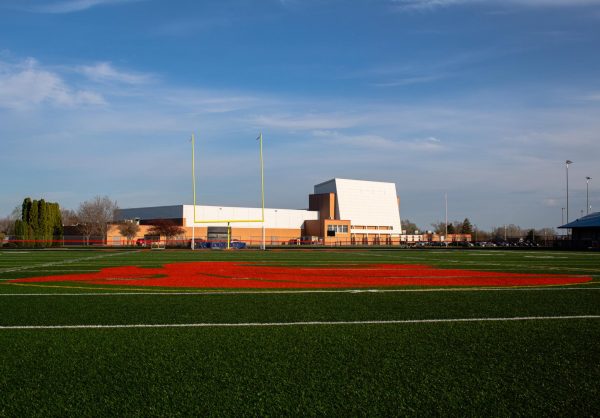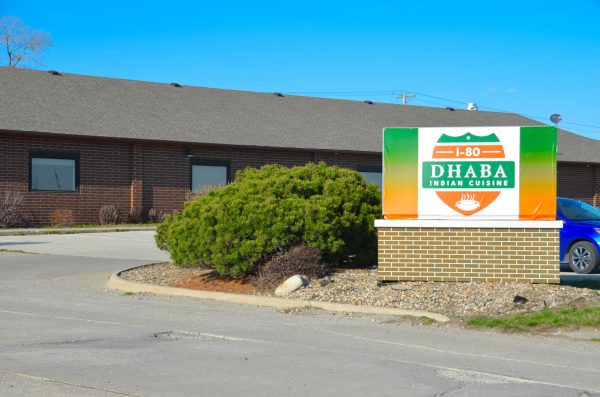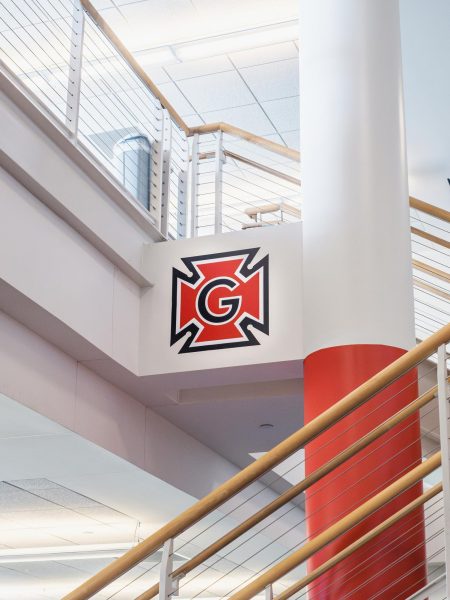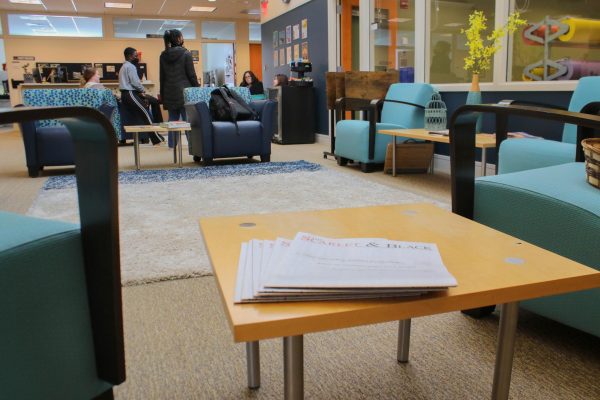Corrosion threatens Grinnell water supply
Grinnell can only store approximately 23% of its daily chemically treated water production.
February 20, 2023
The city of Grinnell is planning to build a new water plant by 2026 due to the deteriorated and corroded conditions of equipment, including the water softener and pipe gallery in the current water plant.
Grinnell is currently experiencing higher levels of water hardness compared to spring 2022 due to the Grinnell water plant shutting down its water softeners. Concerns about water hardness have since increased among members of the Grinnell community, according to a newsletter from the Grinnell Area Chamber of Commerce.
“That’s the easiest issue that I’m currently dealing with … [hardness is] an aesthetic quality,” said Grinnell City Water Director Jordon Altenhofen. Aesthetic qualities as defined by the Water Technology Magazine are those aspects of water that are generally not related to health, including odor, taste and hardness. As opposed to other water qualities like the concentration of nitrate present in the water which, once beyond a certain level, can cause detrimental effects to people’s health, according to the Center for Disease Control.
According to Maisha Kamunde-Devonish, assistant professor of chemistry, water hardness refers to the amount of calcium and magnesium ions present in water. These ions come from the residual amount of limestone and dolomite that results from the water’s interactions with the environment.
To treat water hardness, salt is used to replace the calcium and magnesium ions in the water, and salt water corrodes steel, according to Altenhofen. “[The softeners are] getting to the point that the steel is paper thin, it is no longer safe to keep them operational. So ultimately, I would rather have hard water than no water at all,” he said.
Altenhofen said that the condition of the water softener did not deteriorate overnight — it has been the accumulation of water hardness treatment for over 80 years according to a chamber of commerce blog.
To put it into perspective, a household water softener generates 1,000 gallons of water a week, while those at the plant generate approximately 267,000 gallons of water a day and use approximately $4-5,000 worth of salt a week, said Altenhofen.
Altenhofen said that while residents might think that the water softener is the biggest issue tied to water in Grinnell, it is not.
The pipe gallery, which is the pipe that connects the water plant with the water distribution system, is also corroded, irreparable and irreplaceable, said Altenhofen. “This current facility is very vulnerable. Even with the softener offline, there could be a catastrophic failure here and then the town will not have water,” he said.
The pipe cannot be replaced because that would require the water plant to be offline for weeks and Grinnell does not have enough water storage capabilities to allow for the water plant to be shut off for so long, said Altenhofen.
Now, if that pipe gallery blew apart today, ultimately there would be a water outage and we would do everything it would take to get the facility back online and running. But at the end of the day, we can’t forecast what the extent of that damage would be.
— Jordon Altenhofen, City of Grinnell Water Director
The Department of Natural Resources has a general rule of thumb saying that a city’s treated water storage should have a capacity able to provide water to the community if the water plant needed to shut down for a day, said Altenhofen.
Grinnell does not have the capacity to do this. According to Altenhofen, the water plant generated 1.3 million gallons of potable water on Feb. 22, and Grinnell’s water tower can store just 300,000 gallons of water.
The town of Grinnell is partnering with Nuclear Engineering to build a new water plant located east of the current plant that is expected to be ready by fall 2026.
Altenhofen said the plant is estimated to cost $25 million, which the town plans to finance by taking out a State Revolving Fund (SRF) loan. SRF loans are meant to help with the cost of designing and constructing water and wastewater infrastructure. Altenhofen said the town is planning to submit the application for the loan on March 1.
“My concern is making sure that we keep water in our system, potable water for our community to keep using, and there’s no way around that outside of a new treatment facility,” said Altenhofen.
He also said that the city of Grinnell government will look at ways to change other aspects of the current system, including water sources, and will create a failsafe for the faltering pipe gallery until the construction of the new water plant is completed.
The failsafe would include a substation located west of the water tower, meant to disinfect the water, and it would be connected to the distribution system, said Altenhofen. He said that the failsafe is estimated to be ready by early 2024.
There is no contingency plan if the pipe gallery were to break down before the substation is ready, he said.
Altenhofen said he welcomes anybody with questions regarding the water at Grinnell to contact him by calling his office at +1 (621) 236 – 2635 or by email at jaltenhofen@grinnelliowa.gov.




























































